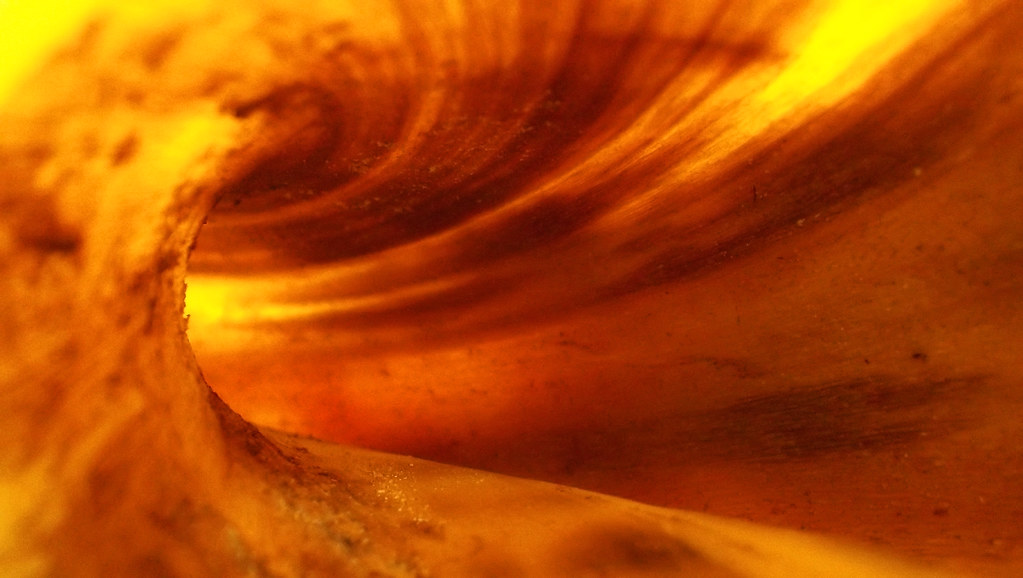Parashat B’har
Leviticus 25:1-26:2
Our Torah portion sets forth much of the instruction regarding observance of the Sabbatical Year and the Jubilee Year, which follows after seven Sabbatical Year cycles have been counted. This year is a Sabbatical Year and its advent was duly recognized in Israel. But we have long ago lost the practice of keeping track of the Jubilee Year. The Rabbis explained that the Jubilee Year disappeared with the disappearance of the Ten Lost Tribes, almost a thousand years before their time.
Nevertheless, the Jubilee still has echoes of meaning for us. Just as we are in the midst of counting seven cycles of seven weeks in order to get from Passover to Shavuot (having just passed the 33rd day – Lag Ba`omer), so are we commanded to count seven cycles of seven years to reach the fiftieth year, the Yovel -Jubilee. We count the fifty days to get to receiving the Torah. We count the fifty years in order to get back home, to our place of origin. These two sets of counting are related.
At the outset of the Jubilee Year we must “proclaim liberty through the land to all its inhabitants.” (Lev. 25:10) Everyone is freed and everyone returns to their family estate. So the Yovel is a time of liberation, a re-appropriation of the sense of freedom that comes from finding one’s way back home. Our Counting the Omer ritual can thus be understood as another process that leads to going back home, back to finding our home in the Torah.
Additionally, there is clearly a connection between the Jubilee Year and Yom Kippur. The Jubilee Year commences through a dramatic ritual that is observed on Yom Kippur of that year: “And you shall send forth a shofar blast on the Seventh Month , on the tenth day; on the Day of Atonement you shall send forth the shofar [blast] through all your land.” (Lev. 25:9) Our Sages understood the both institutions involve teshuvah – spiritual as well as physical return. Some authorities therefore saw a beloved ritual of Yom Kippur – the custom of blowing the shofar to mark the end of Yom Kippur – an act not mentioned in the Torah – as a recollection of the shofar blast that signaled the advent of the Jubilee. But our custom reclaims this experience that has been lost to us in the passage of time and our tragic history in a vitally renewed way.
The Jubilee shofar was sounded once every fifty years. But we sound the shofar after Yom Kippur every year. The sense of return created by the Jubilee had an overwhelming social effect, but it was very infrequent. The much more frequent – annual – shofar blast at the conclusion of our Yom Kippur services is, indeed, dramatic, but its social or even personal effect is more questionable. It is up to us to make it have any effect in our lives. And that is why, out of stubborn faith and hope, we keep sounding the shofar every year. It is as if we are saying: May it succeed in returning us home this time.
Shabbat Shalom
Rabbi David Greenstein
Subscribe to Rabbi Greenstein’s weekly d’var Torah
Photo: “Down the Shofar” by MTSOfan is licensed under CC BY-NC-SA 2.0
Thank you to John Lasiter for suggesting the title and selecting an image for this Torah Sparks – Rabbi Greenstein.
- Toby Stein: In Memoriam - Thu, Feb 8, 2024
- Faithfulness and Hope: Parashat Sh’lach - Thu, Jun 23, 2022
- Past Their Prime: Parashat B’ha`a lot’kha - Thu, Jun 16, 2022

